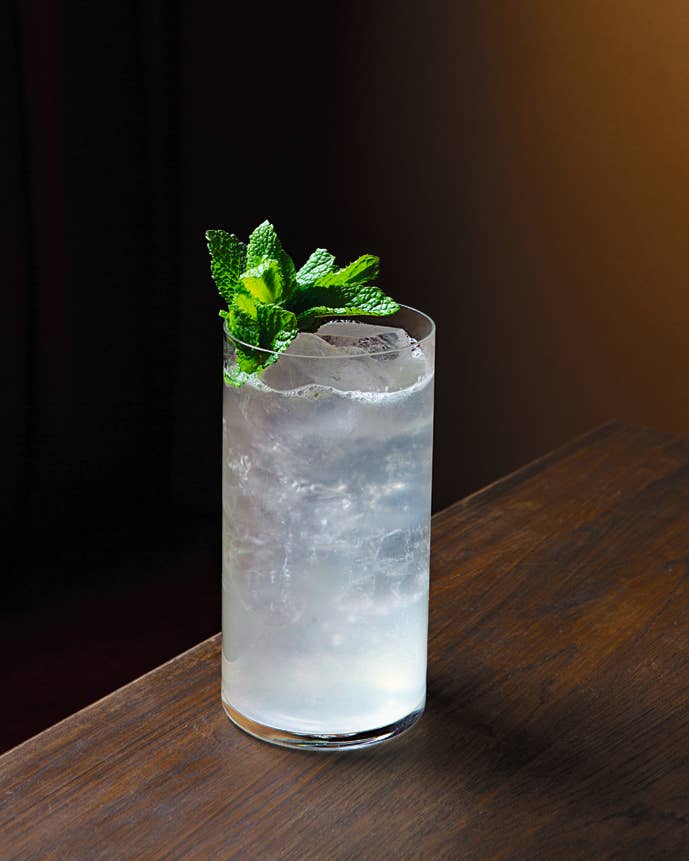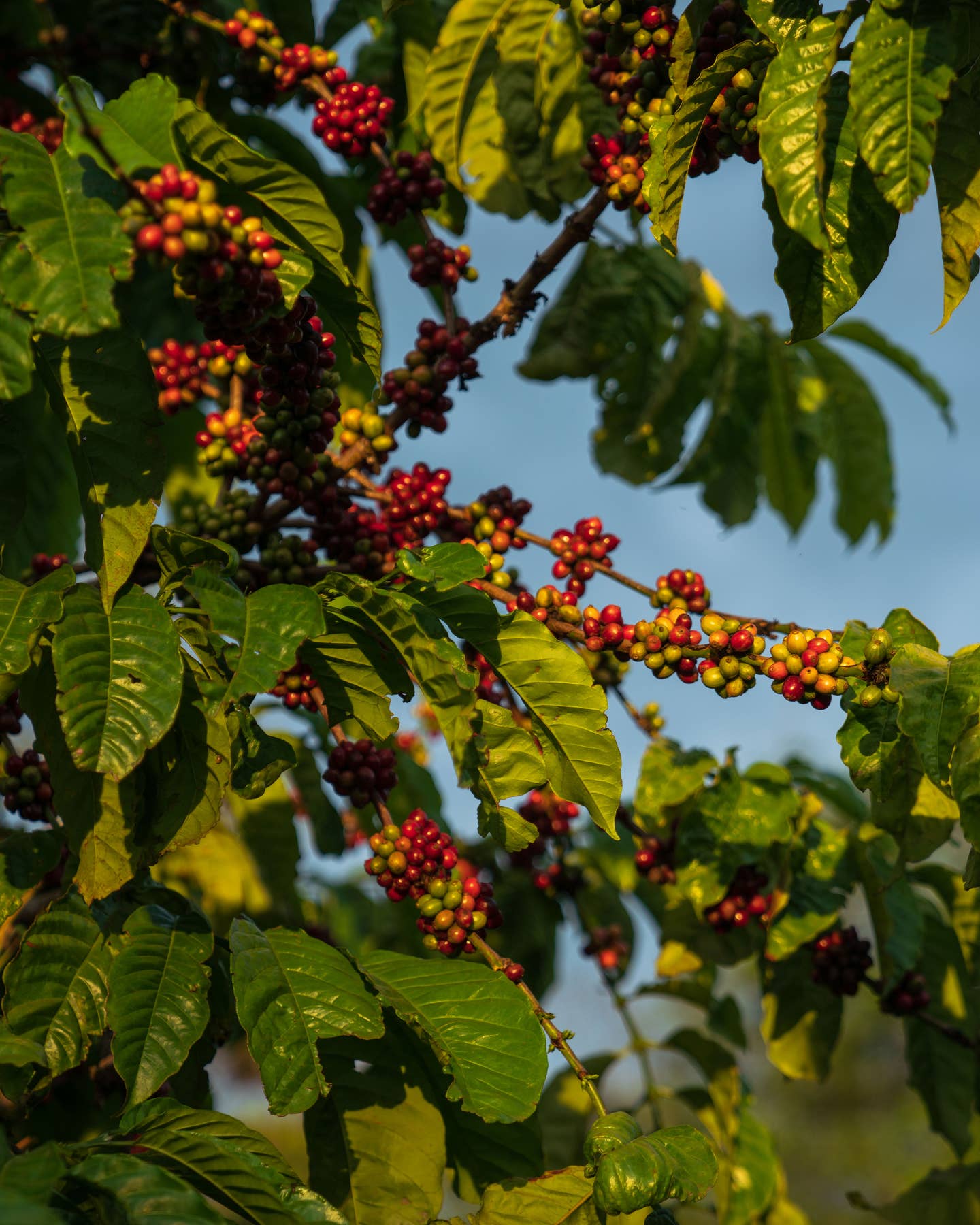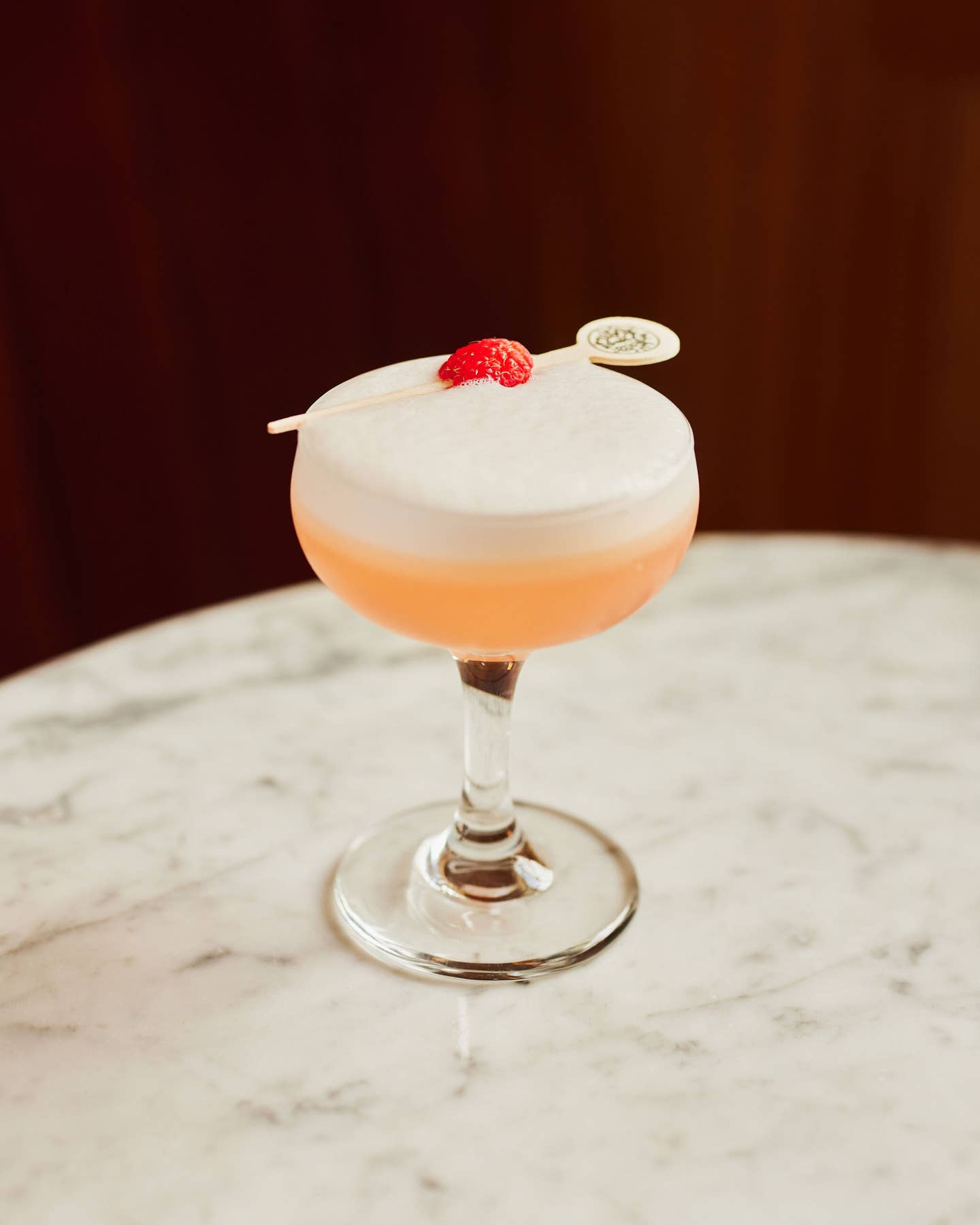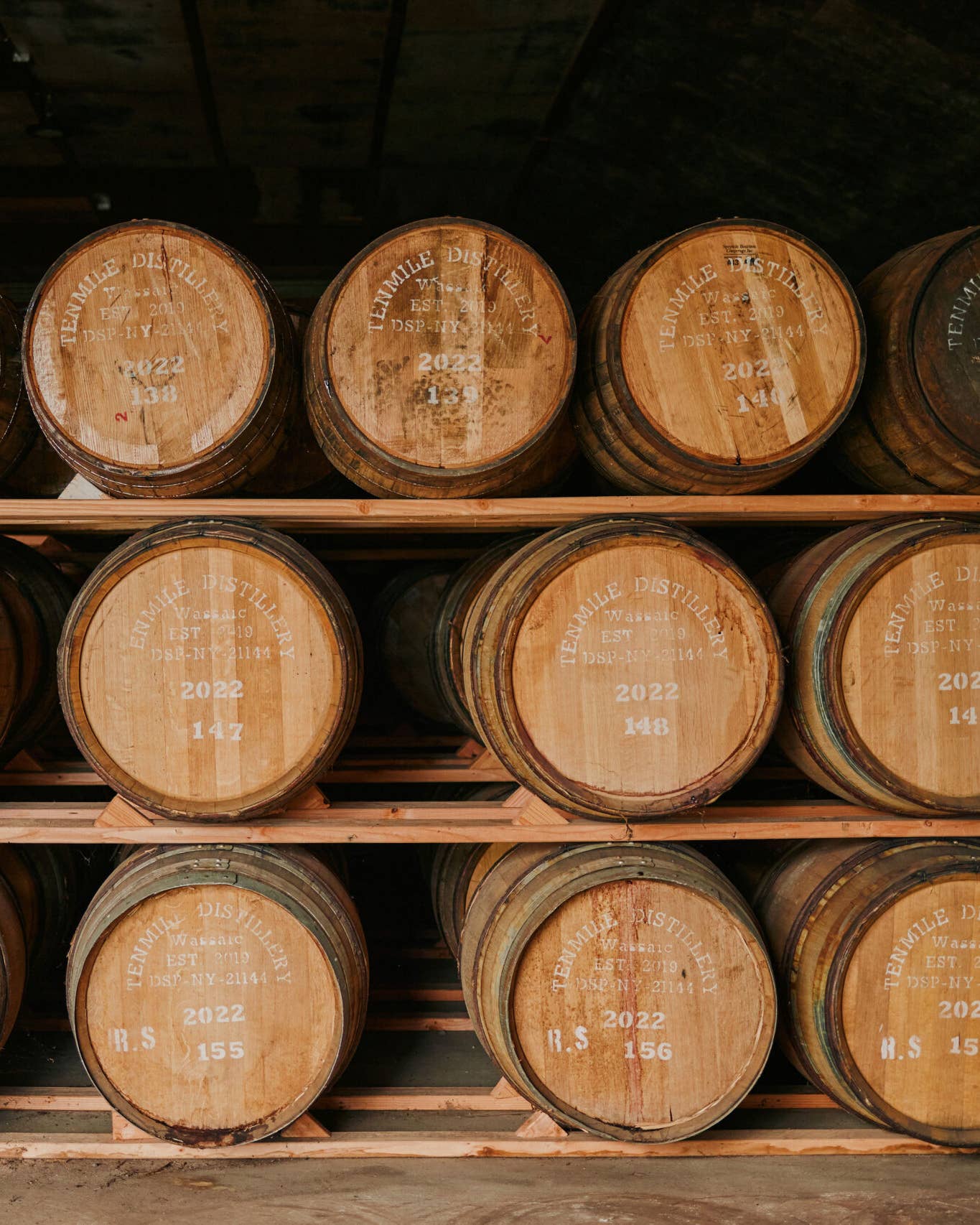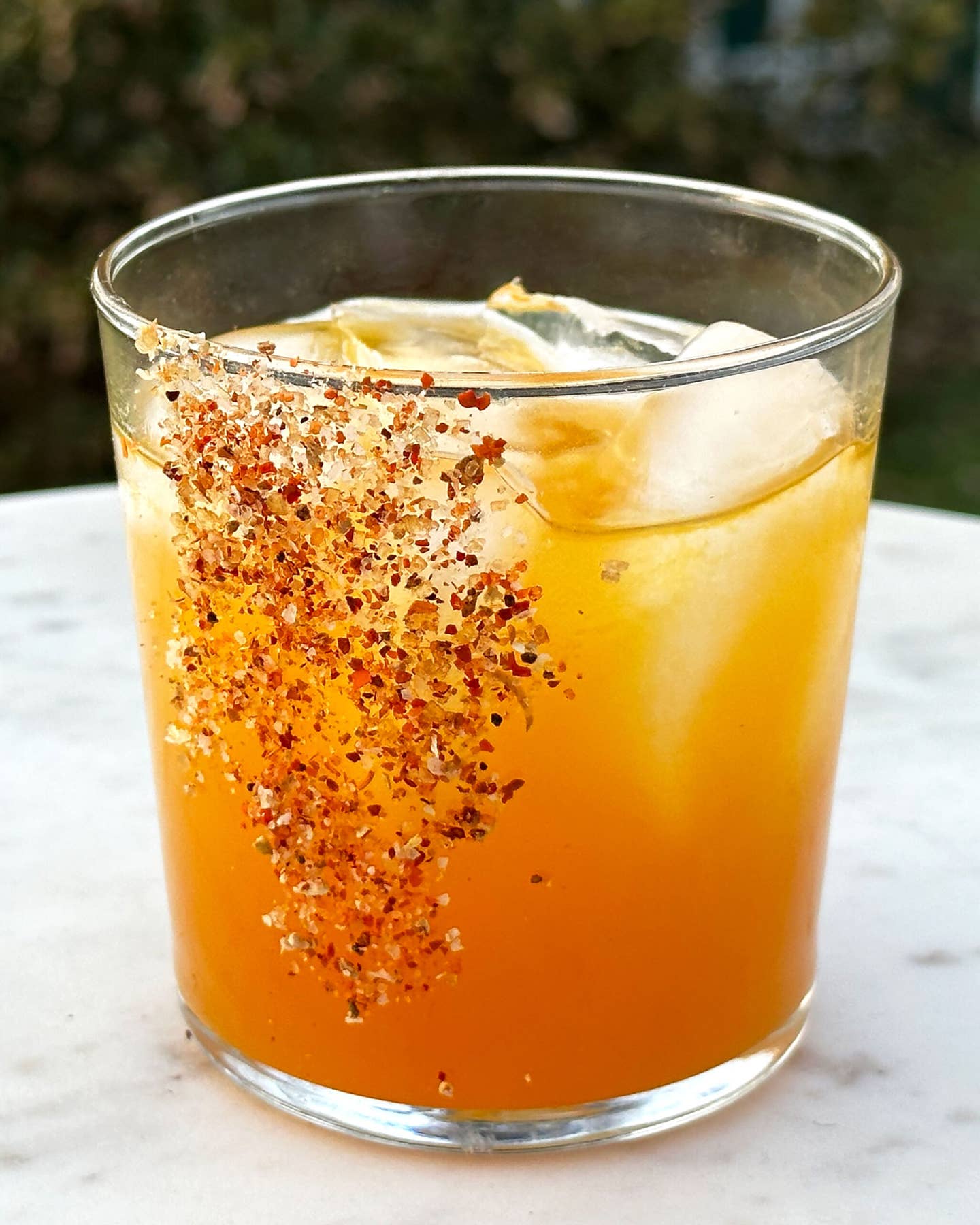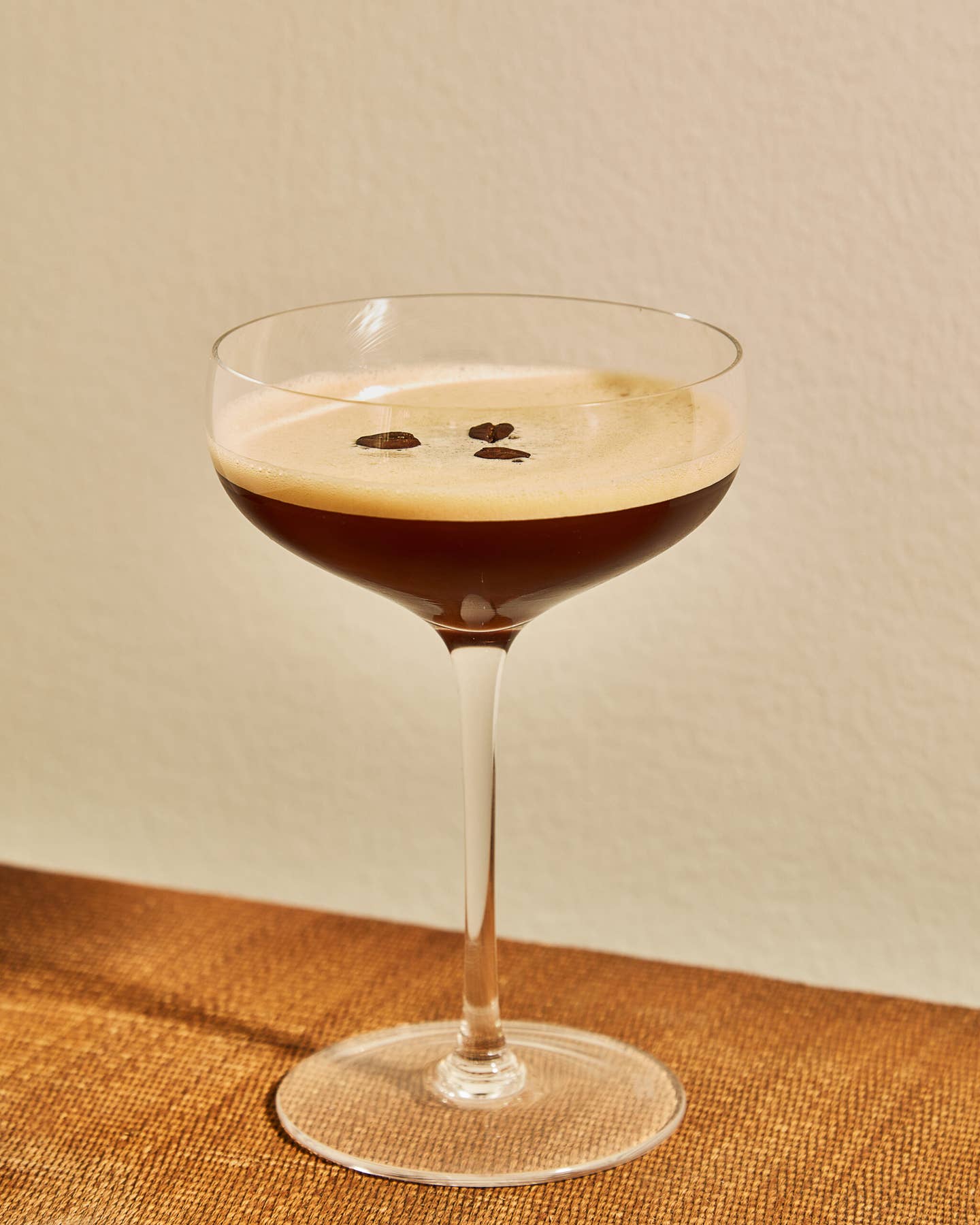
In college, I read about fin de siecle Vienna and fell in love with the city from afar. I took Viennese modernists as my heroes and became enamored of their ideas: Arnold Schoenberg embraced musical dissonance; Sigmund Freud asked the individual to reject no aspect of himself, no matter how crude, in striving for self-insight. Experimental yet informed by ancient urges, a friend to nature but committed to a built future, their modern man was a complicated blend of the old and the new.
Not far into this century, the pretensions of my youth having settled their aging sights on food and wine, I finally made it to Vienna myself. There, I found unique wines that embody the same complexities I had cherished in Viennese art and culture.
On an autumn afternoon, I sat with Elke Hajszan on a bench at Weingut Hajszan Neumann, the winery she helps her husband Stefan run, gazing down from the vine-covered Nussberg slopes onto the city 500 feet below. I felt far from the urban hustle and, also, a part of it. Alongside cured meats, pickles, and the delicious cheese spread called Liptauer from the Hajszans' heurige, or winery tavern, Elke introduced me to Vienna gemischter satz wine, an intriguing white blend.
For most of the world's blends, the wines from each grape are made separately and blended afterwards for the final product. But gemischter satz, meaning "mixed set," is a true field blend, made from myriad grape varieties that are grown, harvested, crushed, and fermented together to make one wine.
It's a tradition that dates back at least to Roman times, when grapevines grew together on family farms. Whereas other cities gradually lost vineyards as they urbanized, an 18th-century decree stipulated that Vienna's crazy-quilt winemaking districts were to remain in perpetuity. Most of the more than 300 vintners within Vienna city limits make gemischter satz, and they treat it as their greatest asset.
"Gemischter satz is like a Wall Street portfolio," according to Gerhard Lobner, managing director at Vienna's Rotes Haus and Mayer Am Pfarrplatz wineries. "You want to diversify." This is because grapes have variety-specific responses to weather conditions; if one variety does poorly, the blend can be adjusted so that others compensate. "Some years there's early frost, some years hail," Lobner told me. "It's a way of preserving your worth."
It's also a delicious expression of the complex personalities of Vienna's vineyards, each of which yields a different blend. Peppery gruner veltliner, tantalizingly aromatic riesling, taut chardonnay, spicy neuburger, citrusy silvaner, welschriesling with its earthy funk—gemischter satz wines can contain more than 20 different grape types. The wines wrestle a cacophony of flavors and temperaments into sometimes untidy, but always beguiling, symbioses of softness and acidity, fruit and spice, herbs and minerals.
Because these blends vary so widely but unite so many different grape characteristics, it's practically impossible to find a food that can't be paired with one. Entry-level gemischter satz from Weingut Wien Cobenzl goes seamlessly with rustic fare such as wiener schnitzel. More nuanced wines, such as a resonant old-vine blend from the 400-year-old Christ family winery, hold up to spicy, salty-sweet Southeast Asian dishes. Suited to the eclectic way most of us eat and drink now, gemischter satz is less about uniformity and integration than exuberant synergy of flavors. And, happily for me, it's as vibrant as the city it comes from.
Keep Reading
Continue to Next Story


